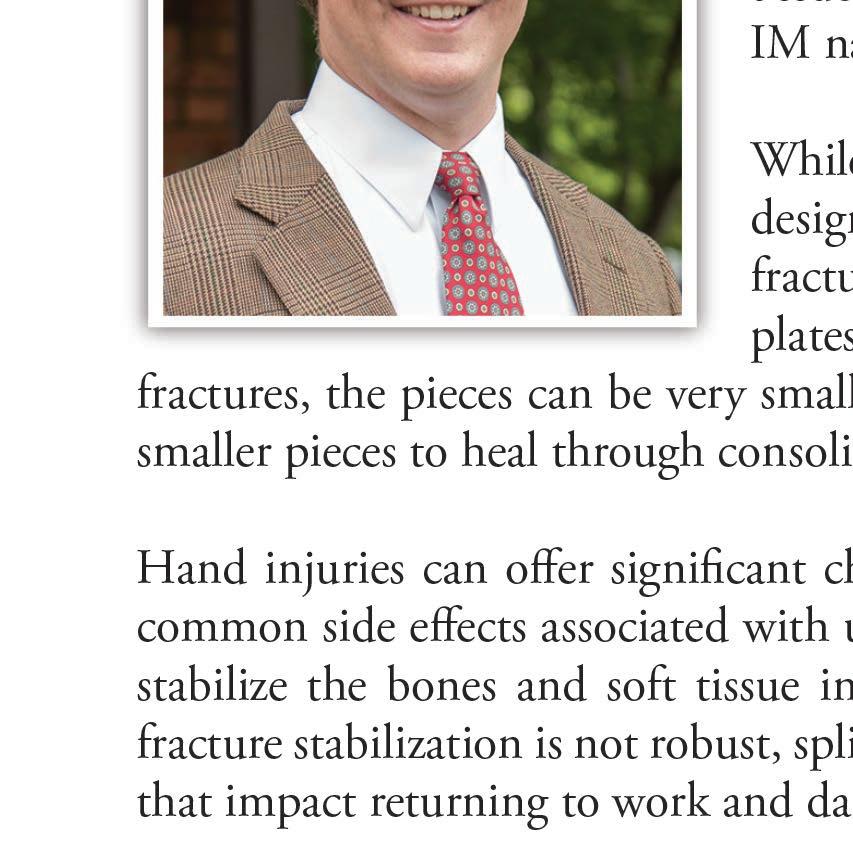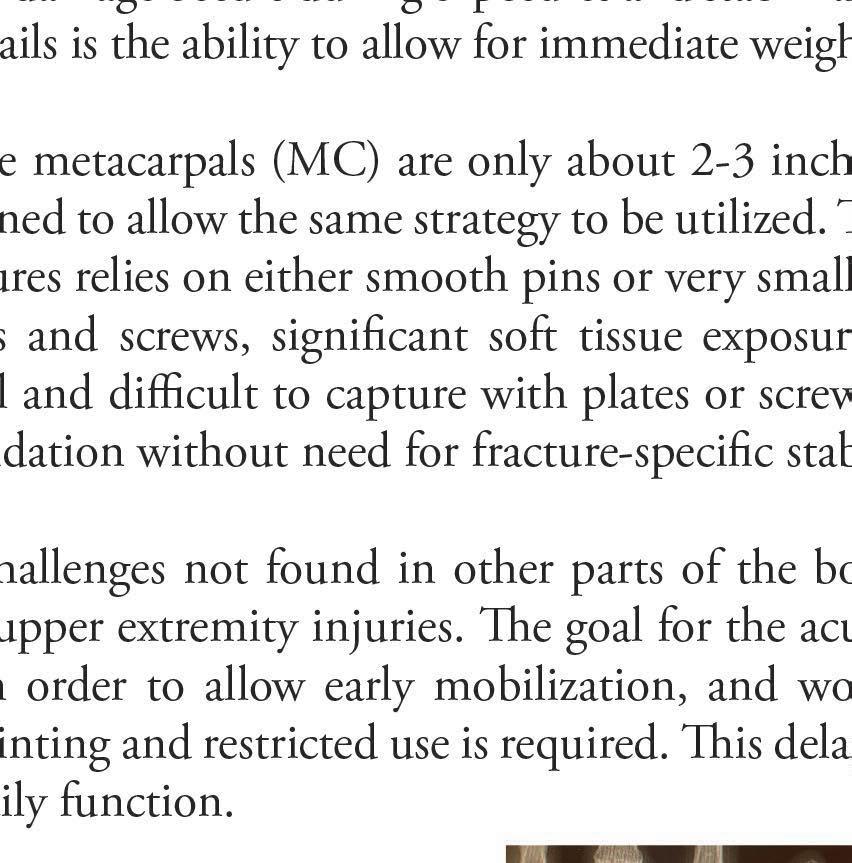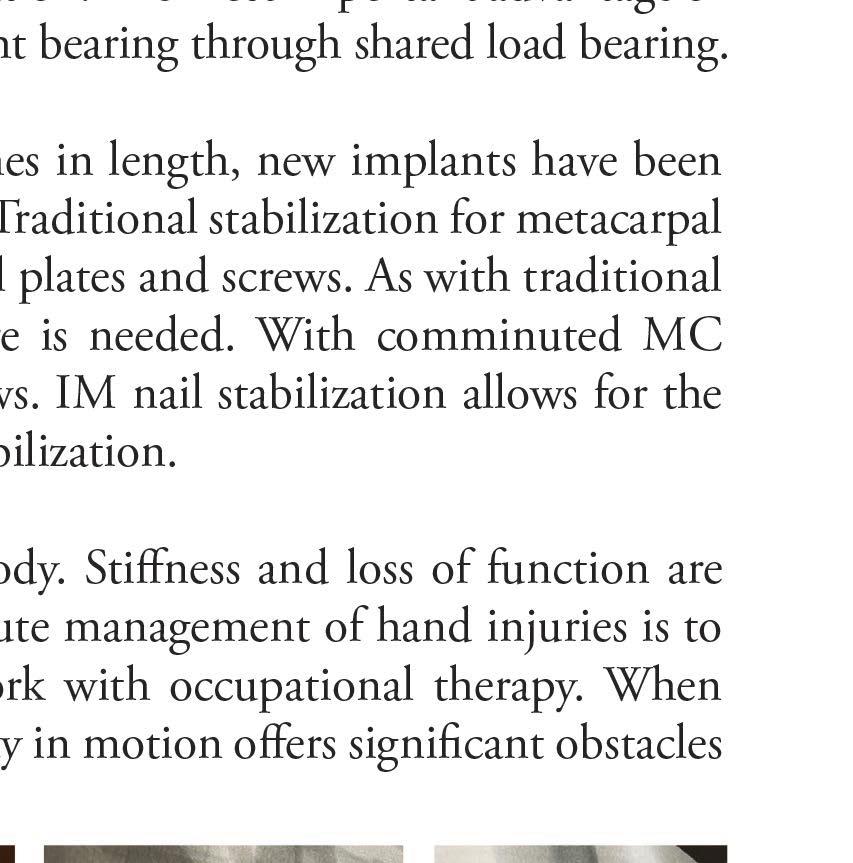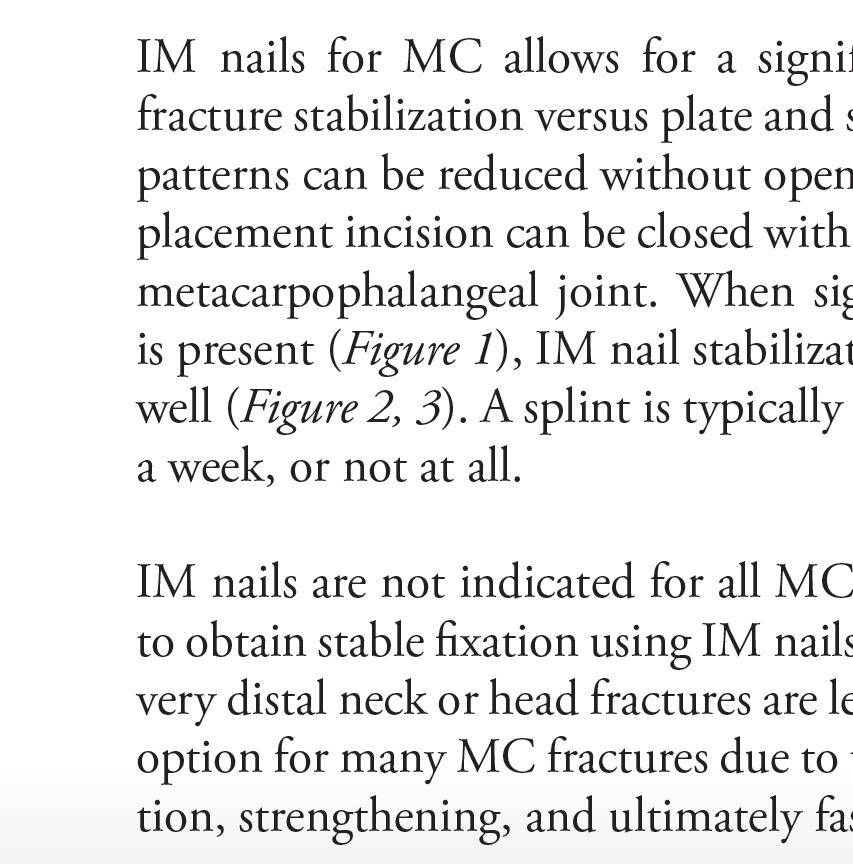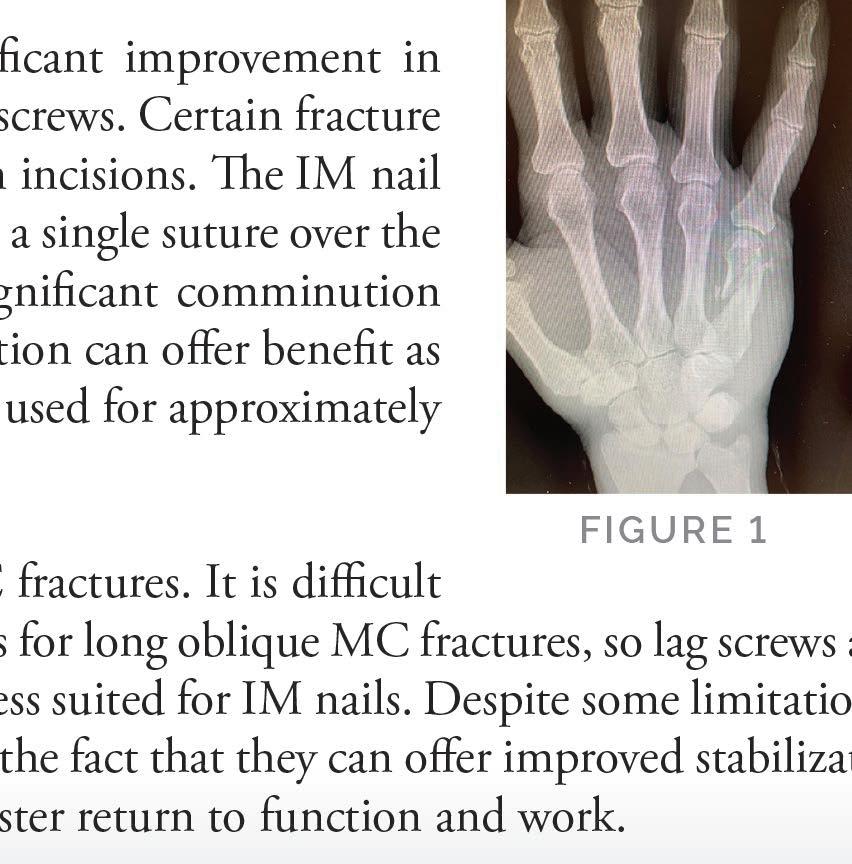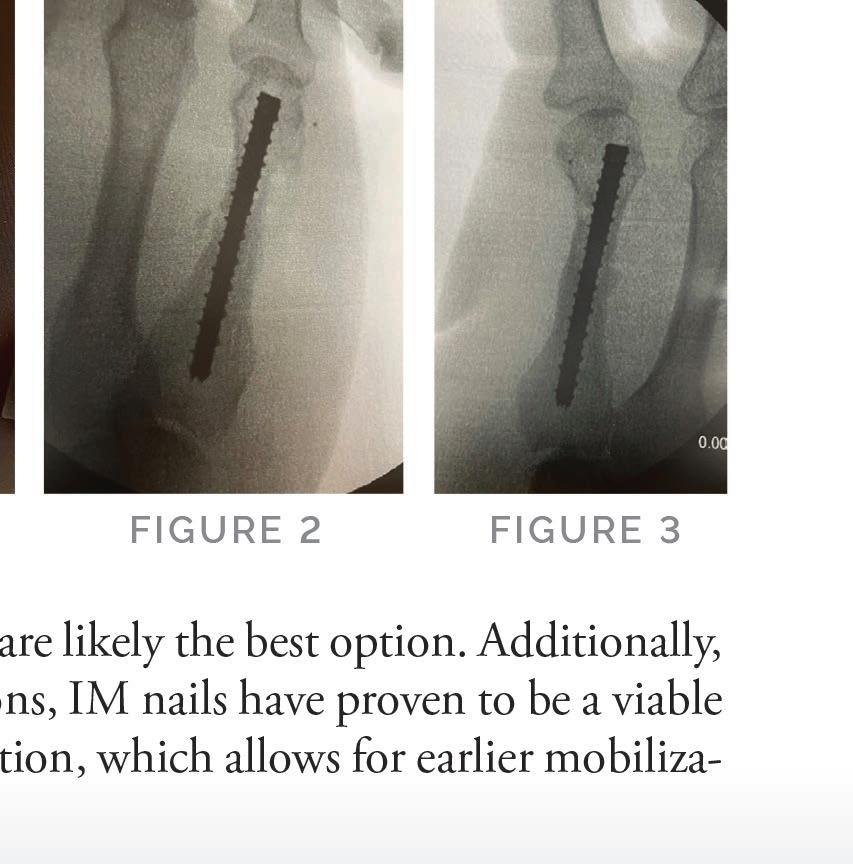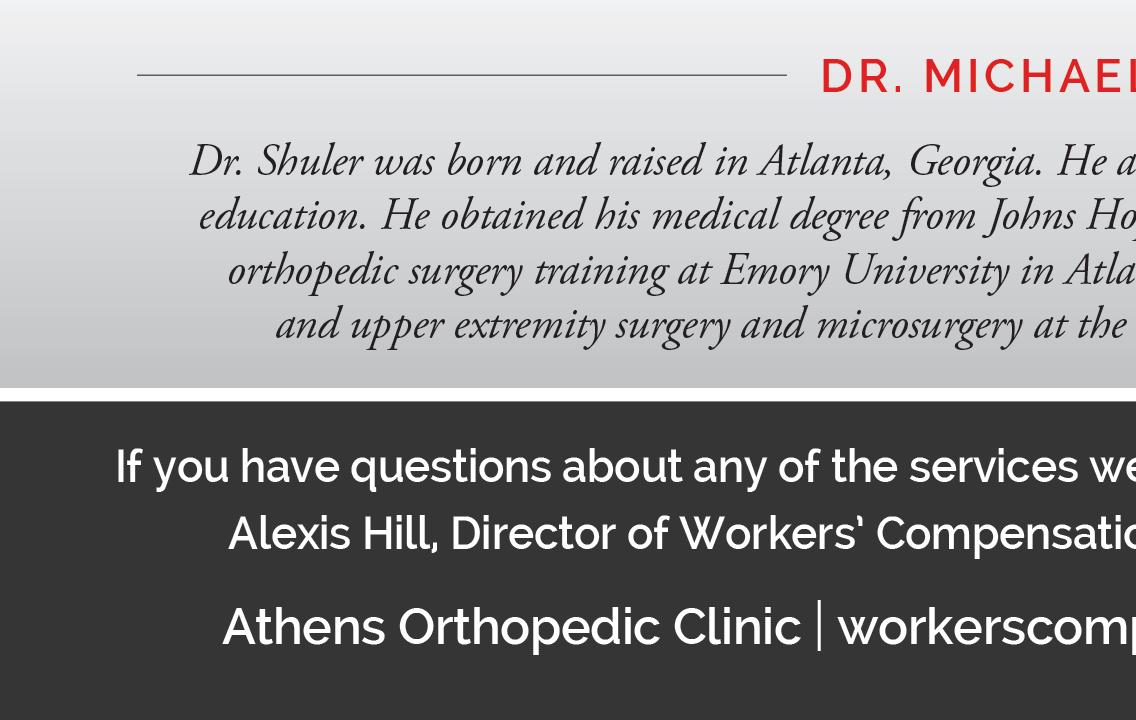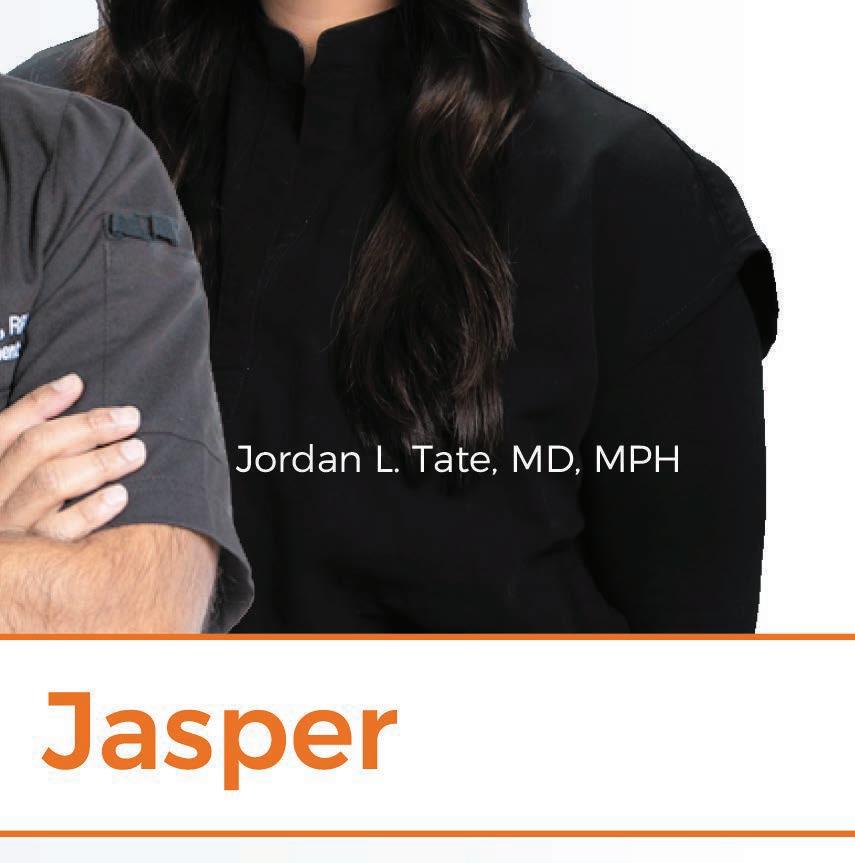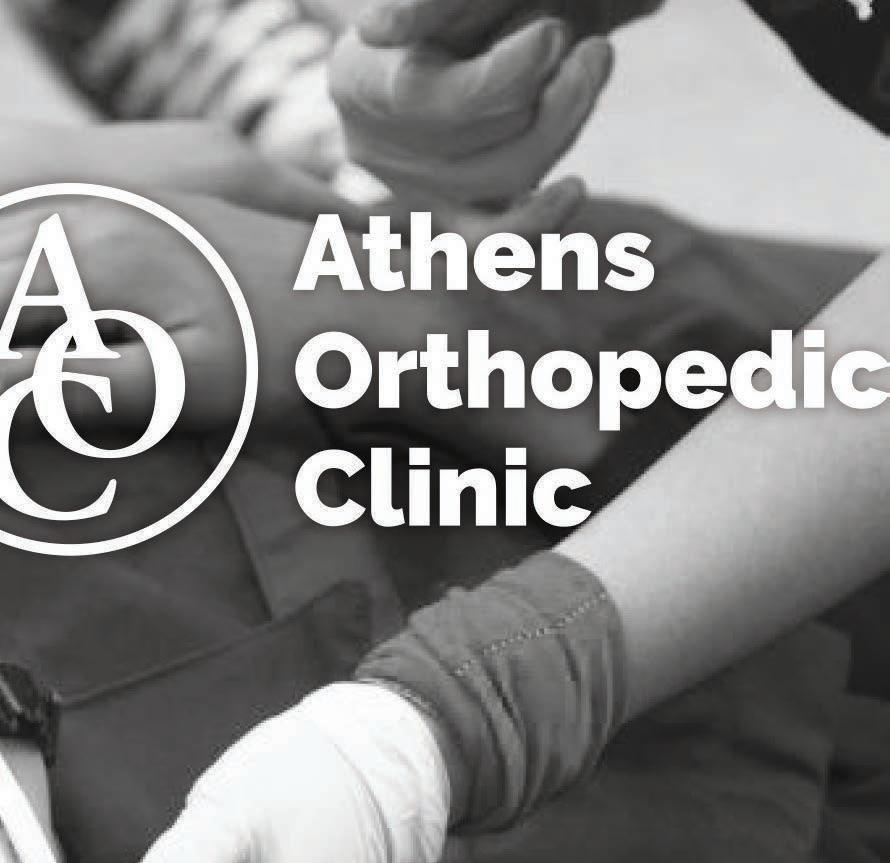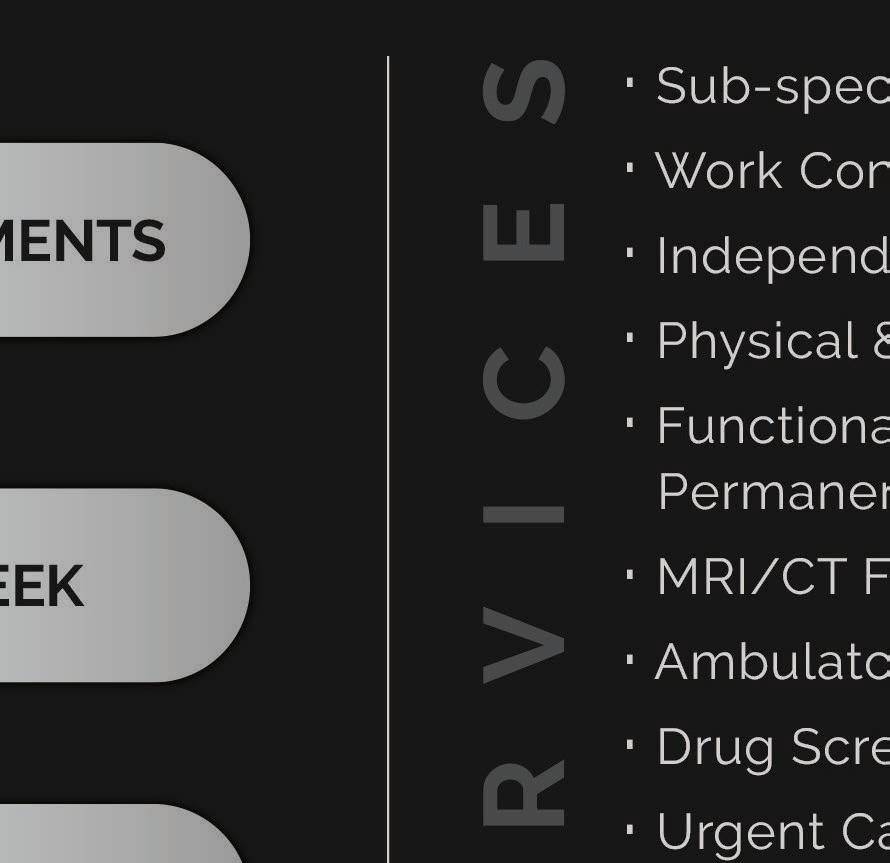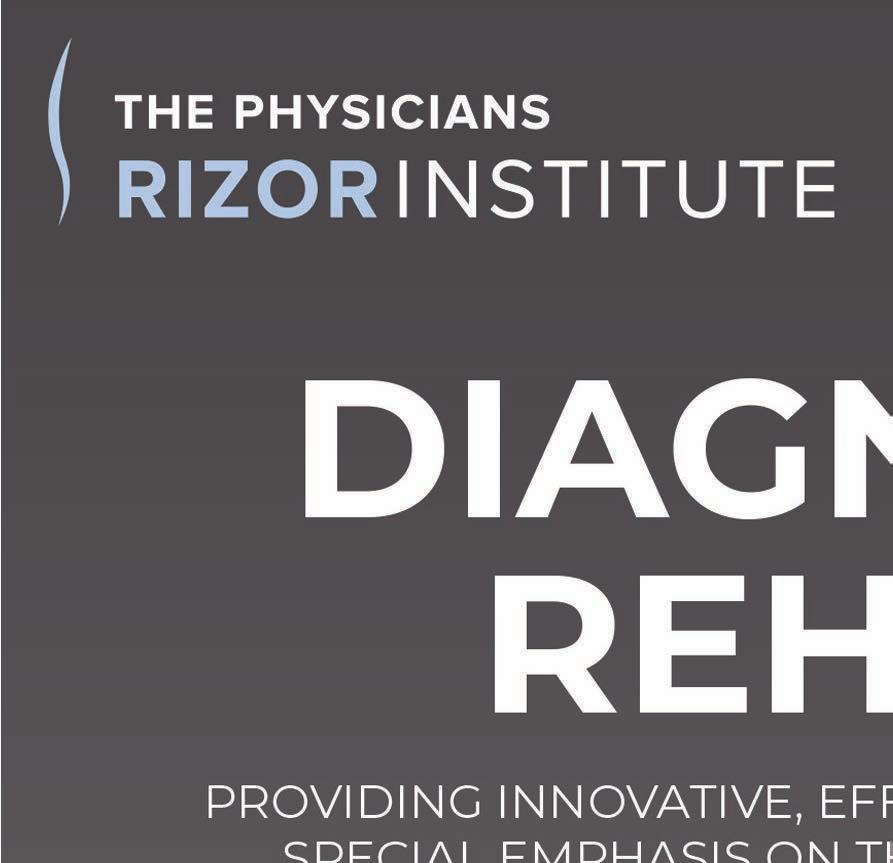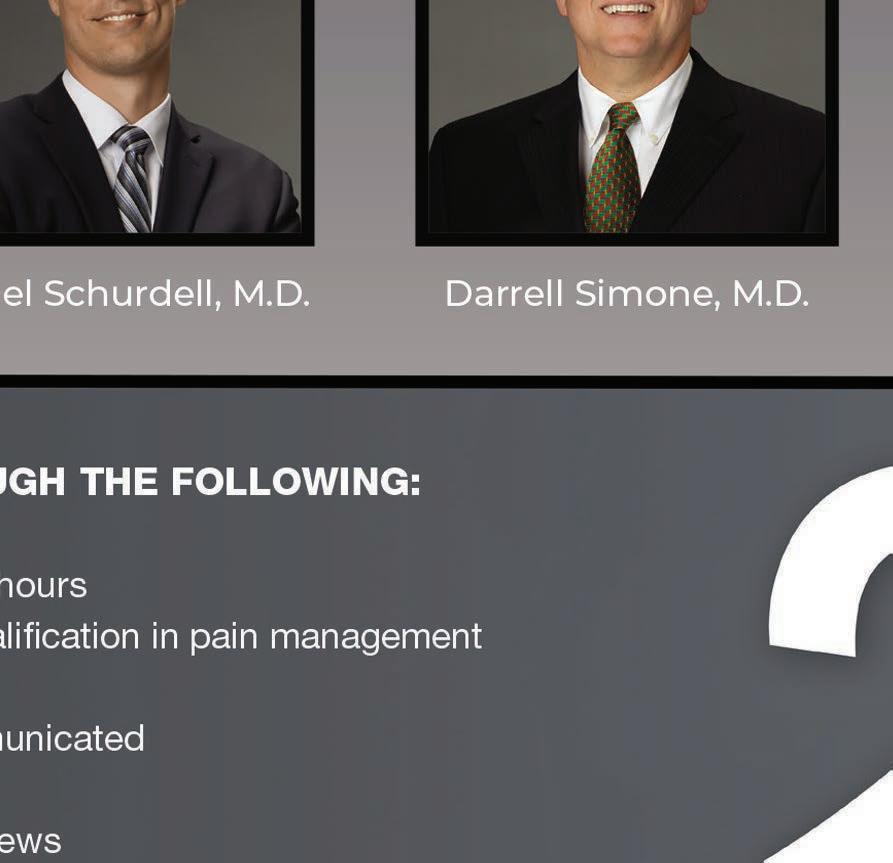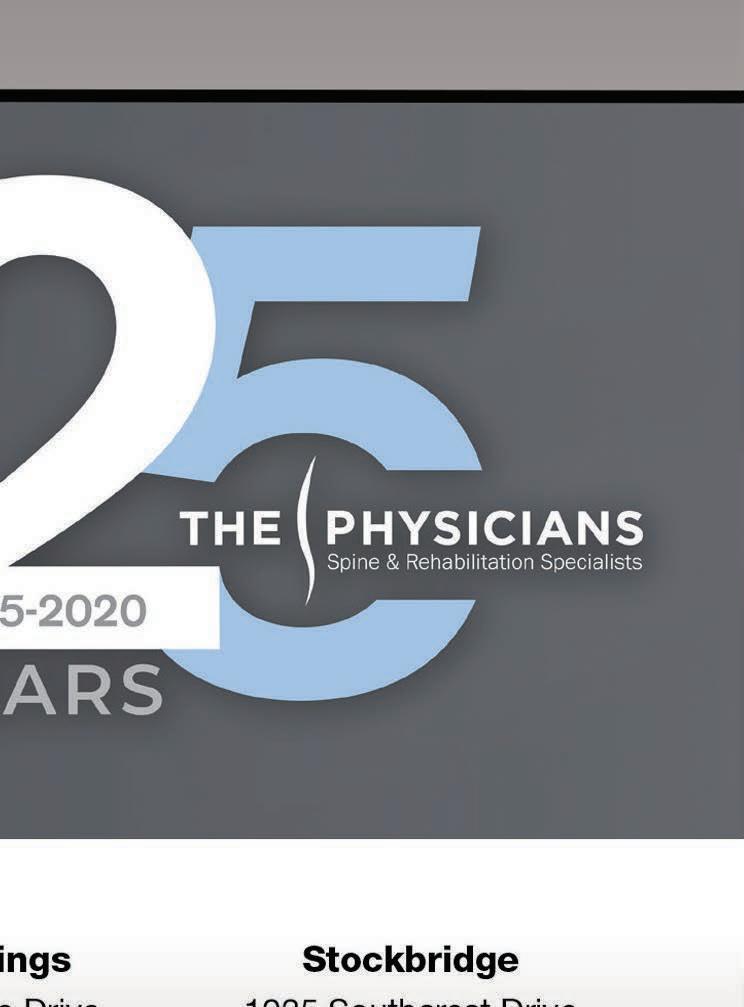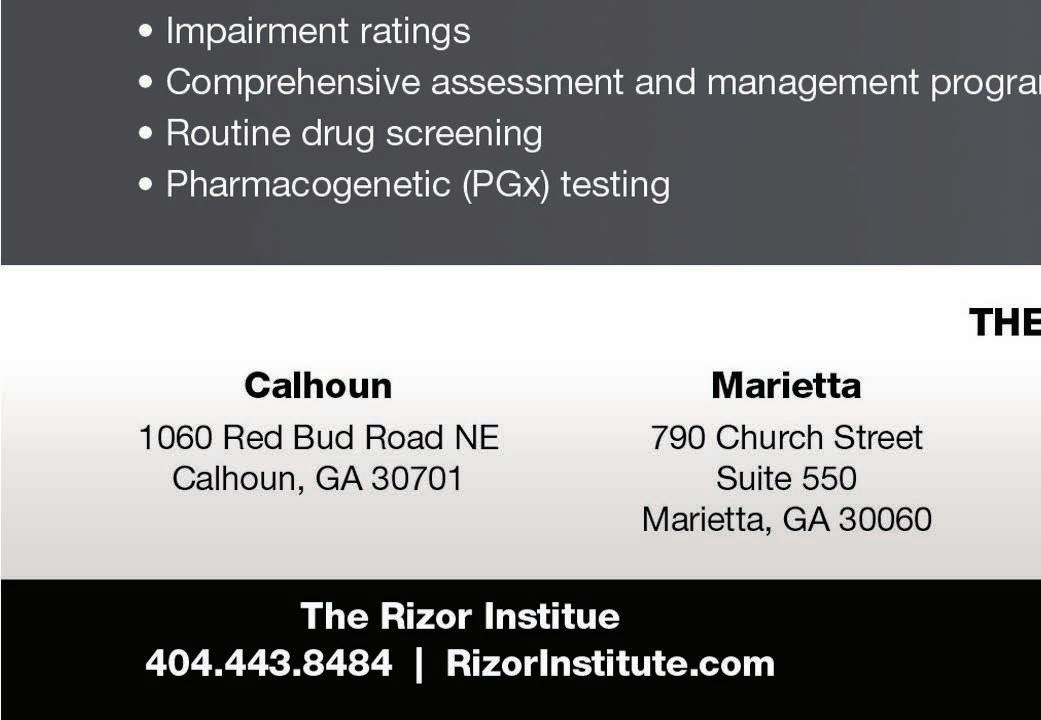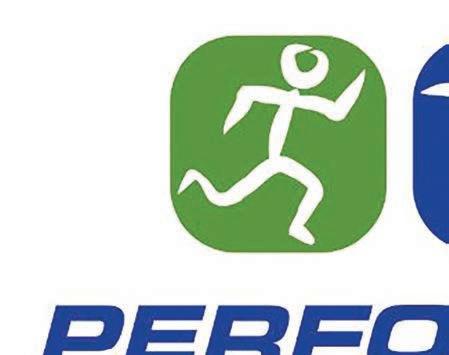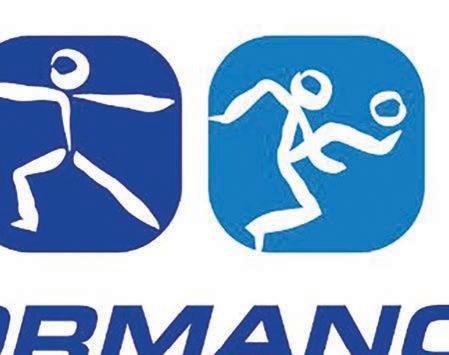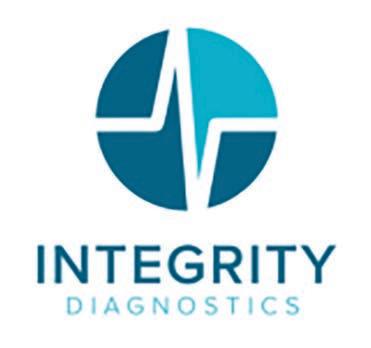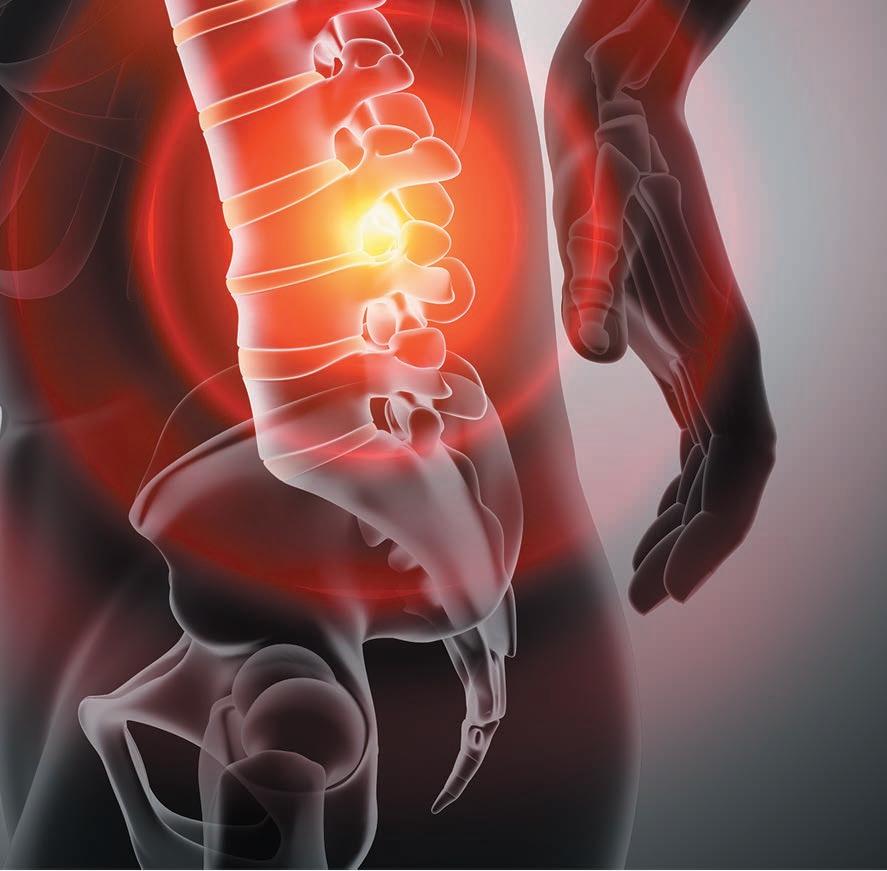
4 minute read
Streamlined Protocols for Treating Injured Workers
John McCormick, Jr., MD
Low back pain is a common injury seen in orthopedic practices. Up to seventy percent (70%) of the general population may experience back pain at some point throughout their life and the majority of the back pain resolves without treatment. The goal of every physician is to provide quality care for the patient and return them to work as quickly as possible.
However, the challenge in a Workers’ Compensation injury is seeing patients in a timely matter and creating a pathway to treatment that is cognizant of the patient’s problem and factors in their job description. Industry greatly benefits by having clearly-defined options for their employees to perform work when they have work restrictions.
Difficult scenarios arise when a spine surgeon is seeing patients twelve (12) weeks out from their injury and/ or the injured party has been out of work for twelve (12) weeks and the individual has tried minimal treatment modalities regarding the lumbar spine. It is also crucial to create an environment that keeps spine surgeons actively engaged and willing to care for “low back” Workers’ Comp injuries.
With that in mind, it is not feasible for a spine surgeon to see every low back injury. Because of that, we have trained our physician assistants to follow a special spine protocol to evaluate the spine injury and provide treatment that focuses on helping the injured worker. This special protocol, developed by our team, will help the injured worker return to the highest level of function possible.
Traditionally, injured workers have received delays getting medical care, including physical therapy. Our team has streamlined the process of getting an injured worker into the right type of treatment quickly, thereby reducing lost days of work and improving patient outcomes.
The protocol was designed to be flexible in regard to the industry and the physician practice. It assists the Workers’ Compensation office in scheduling the patient with the right personnel regarding the patient’s previous appointments with outside providers, current imaging studies and subjective complaints of the patient. It is meant to be used as a tool to aid front office staff with scheduling patients the appropriate provider. Future work will be to streamline care in regards to low back pain.
The benefits of beginning therapy early in the injury treatment process are numerous. Physical therapists are trained to evaluate and treat a wide range of spinal problems. At Optim Orthopedics, our highly trained therapists are board-certified in orthopedics and/or manual therapy certified which gives the specialist a better understanding of spine problems as a whole. Additional training provides the clinician with an in-depth understanding of the mechanical nature of the patient’s problem. Through understanding the injury process and the mechanism of the injury, the therapist can identify the underlying structures involved so they can provide considerable relief to the patient—promptly.
Studies show that decreasing the delay time from injury to treatment improves a patient’s long-term outcomes. The negative psychological component associated with delayed treatment—thus delayed relief from pain—has a large effect on the success of any treatment, including physical therapy. By getting the patient into therapy quicker, there’s a possibility of avoiding the physiologic effects of prolonged pain such as medication dependency, and depression. Utilizing therapy early in the treatment process has also proven to be more effective in return to work and decreased medication dependency.
Physical therapists are also trained in work ergonomics and injury prevention so they can assess job descriptions and work with patients to improve movement patterns and teach safe lifting techniques to reduce future injury.
Greg Scott, Risk Manager for Chatham County, Georgia, weighs in that the development of these early intervention protocols was a collaborative effort between the employer, orthopedists, and the TPA, to solve two outstanding issues facing the medical provider and the employer: 1) the need for the medical provider to have early and quick approval of the treatment; and 2) the need for the injured employee to be treated in a timely manner.
Here’s an example of how the new protocols could work:
The Optim WC Team will meet with the employer to tailor a Spine program to streamline the care for their injured workers. This program will consist of pre-authorized office visits, PT, diagnostics and surgical review if needed. Working with a Physiatrist can be crucial depending on the diagnosis. This is done within a 6 week or less time frame.

These protocols would allow the injured worker to be triaged swiftly and streamline the treatment process. Employers also want a diagnosis as soon as possible to determine the nature of the injury, and help the adjuster set the reserves more accurately. The feeling all around is these protocols would lead to a better outcome for the employee.
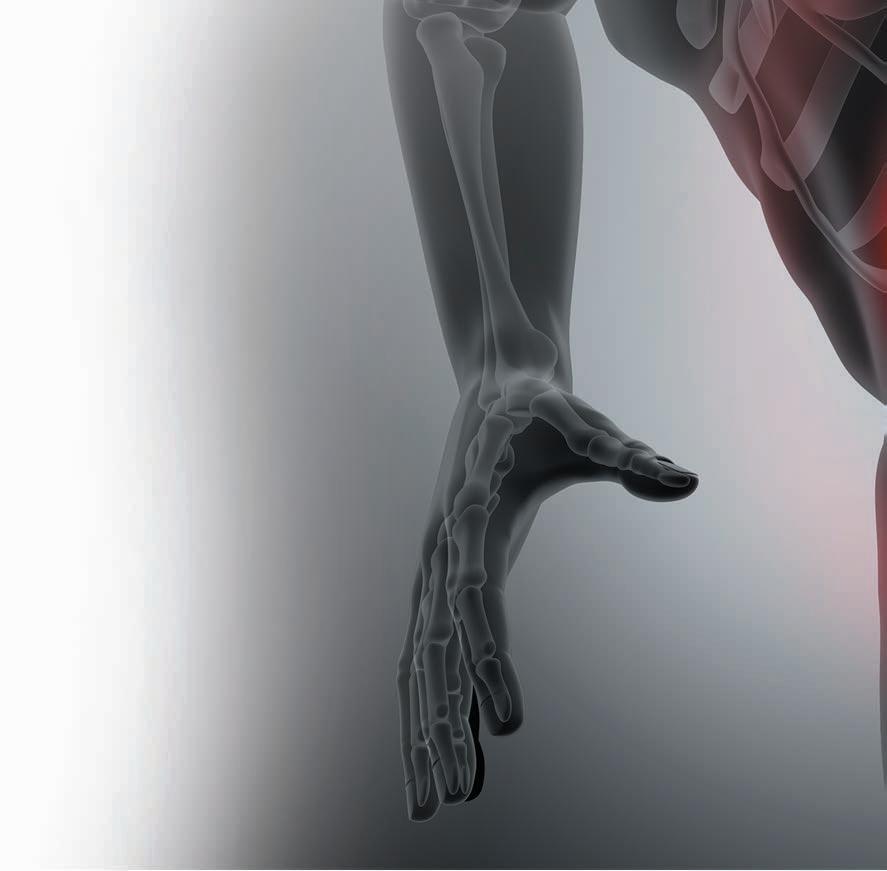
In an article by Jason Pesche, accredited exercise physiologist of Absolute Balance Exercise Physiology Group, he indicated how studies have shown that with acute lower back injuries, early intervention is effective in leading to more rapid involvement in function, mood, quality of life, and overall general health. An important point found was the timing of intervention impacts the development of psychosocial features, which are very common in the Workers’ Compensation system.
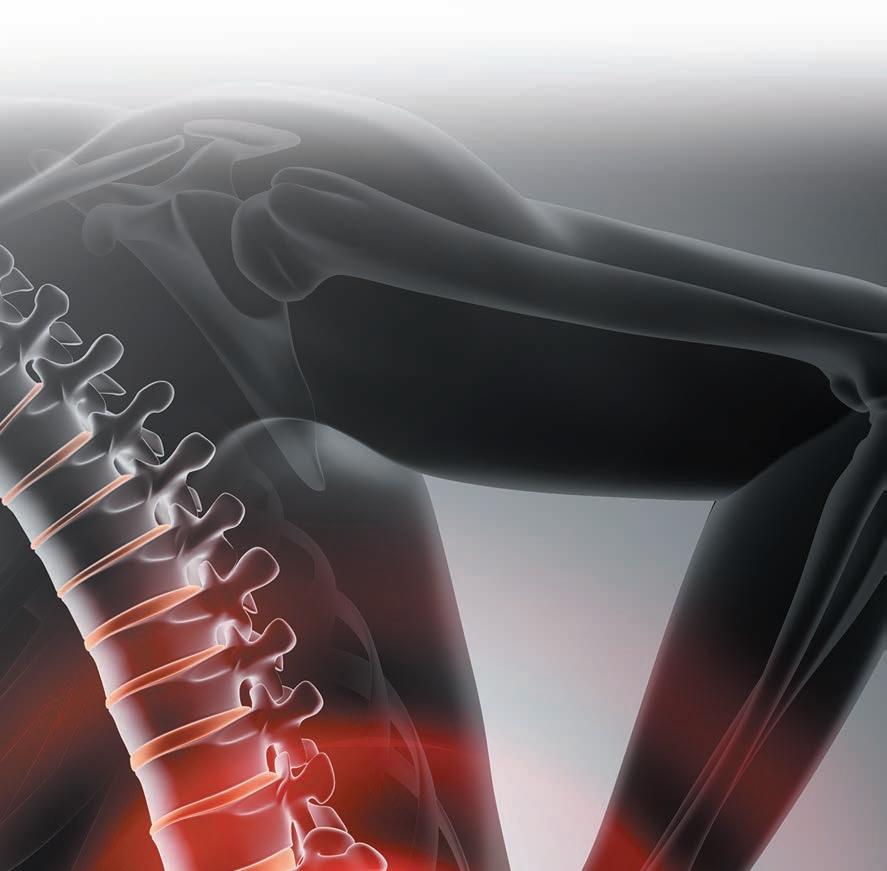
If treatment is provided later, the same psychosocial benefits are not achieved. Therefore, early intervention is a necessity for improving an individual’s function, mood, quality of life, general health, and, thereby decreasing the development of biopsychosocial features which can hinder an injured worker’s engagement in a return-towork plan, treatment compliance, and their return to pre-injury function.
John D McCormick, MD is a board-certified orthopedic spine surgeon with Optim Orthopedics, providing patients with all spine disorders, including cervical spine and minimally invasive procedures. He earned a bachelor’s degree at the University of Georgia before attending medical school at the Medical College o f Georgia. Dr. McCormick spent his childhood on a family farm and understands the value of hard work. He uses these principals to guide him in patient care with the goal of returning patients to work and activities outside of work with as little pain and discomfort as possible.




